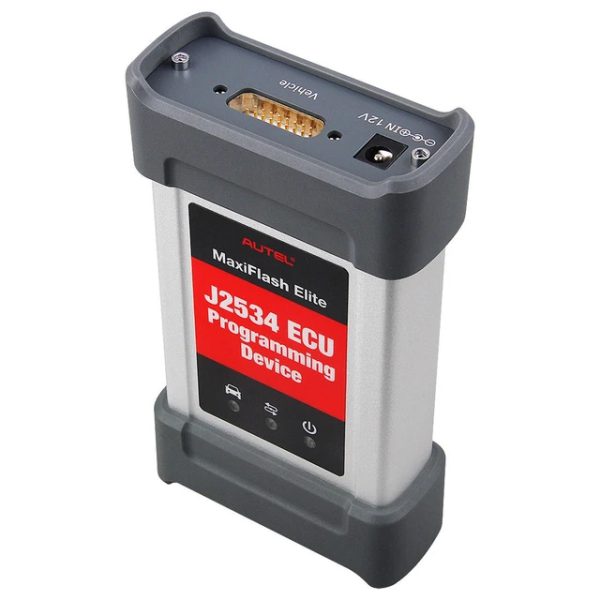Electronic Control Units (ECUs) are a vital component of modern vehicles. These small computers control everything from the engine to the transmission, and even the entertainment system. However, as with any computer system, they can be vulnerable to hacking. ECU hacking, or the act of altering the programming of an ECU, can have serious consequences for both the vehicle and the driver.
One of the most common reasons for ECU hacking is to increase the performance of a vehicle. By altering the programming of the ECU, it is possible to increase the power output of the engine, improve fuel efficiency, and even change the behavior of the transmission. This can be done by changing the values of certain parameters, such as the fuel injection timing, the air/fuel ratio, and the ignition timing. However, these modifications can be risky, as they may cause the engine to run hot, reduce its lifespan, or even cause a catastrophic failure.
ECU hacking can also be used to bypass certain safety features, such as speed limiters, traction control systems, and emissions controls. This is particularly common in the world of street racing, where drivers want to push their vehicles to the limit without being held back by factory-imposed restrictions. However, this can also have serious consequences, as it can lead to unsafe driving conditions, increased pollution, and even legal problems.
Another reason for ECU hacking is to disable certain security features, such as immobilizers and alarm systems. This is typically done by car thieves, who want to steal a vehicle without being detected. By bypassing these systems, they can start the car and drive away without triggering any alarms or immobilizers. However, this is illegal and can result in severe penalties if caught.
Despite the risks involved, ECU hacking has become increasingly popular in recent years. This is due in part to the growing availability of cheap ECU tuning software and hardware, as well as the ease with which these systems can be accessed. In some cases, it is even possible to purchase pre-made ECU tuning files online, which can be installed with just a few clicks.
To combat this growing threat, car manufacturers are investing in more sophisticated security systems to protect their vehicles from ECU hacking. For example, some newer models now have encrypted ECUs that are much harder to modify. Additionally, some manufacturers are partnering with cybersecurity experts to identify and address potential vulnerabilities in their ECU systems.
In conclusion, ECU hacking is a growing problem that can have serious consequences for both vehicle owners and society as a whole. While it may be tempting to modify your car to boost its performance or bypass certain safety features, it is important to consider the risks involved and the potential impact on others. As technology continues to advance, it is likely that the battle between car manufacturers and hackers will continue to escalate, and it is up to all of us to stay informed and stay safe.
J2534 Tools: Streamlining Automotive Diagnostics for Faster Results
J2534 tools have become an indispensable part of the automotive diagnostic process. These tools are designed to communicate with Electronic Control Units (ECUs) in vehicles, allowing mechanics and technicians to read and write data to and from these units. In this blog, we will explore the benefits of using J2534 tools and how they can make the diagnostic process more efficient and effective.
Firstly, J2534 tools can save a significant amount of time during the diagnostic process. Traditionally, mechanics would have to spend hours manually troubleshooting a vehicle to identify the problem. With J2534 tools, the diagnostic process is much quicker, as the tool can communicate with the ECU and identify any error codes or faults within minutes. This not only saves time but also reduces the labor costs associated with diagnostic work.
Another benefit of J2534 tools is that they can be used with a wide range of vehicles. These tools are designed to be compatible with most makes and models of vehicles, making them a versatile addition to any mechanic’s toolkit. This means that mechanics can use the same tool for multiple vehicles, reducing the need for multiple diagnostic tools.
J2534 tools also enable mechanics to reprogram ECUs, which can be useful for resolving certain issues with a vehicle. For example, if a vehicle is experiencing issues with its transmission, the mechanic can reprogram the ECU to improve the transmission’s performance. This can be a cost-effective solution compared to replacing the entire transmission.
In addition to reprogramming ECUs, J2534 tools can also be used to perform software updates on vehicles. As vehicles become more technologically advanced, software updates become increasingly important. These updates can address issues such as safety recalls, improve fuel efficiency, and enhance the performance of the vehicle. J2534 tools make it possible to perform these updates quickly and efficiently.
Lastly, J2534 tools can help mechanics to stay up to date with the latest diagnostic technology. These tools are constantly evolving, with new features and capabilities being added all the time. By investing in a J2534 tool, mechanics can keep up with the latest developments in automotive diagnostic technology, making them more effective at their jobs.
In conclusion, J2534 tools have revolutionized the automotive diagnostic process, making it quicker, more efficient, and more effective. With the ability to communicate with ECUs, reprogram them, and perform software updates, J2534 tools are a valuable addition to any mechanic’s toolkit. If you’re looking to streamline your diagnostic process and stay up to date with the latest technology, a J2534 tool is a wise investment.










